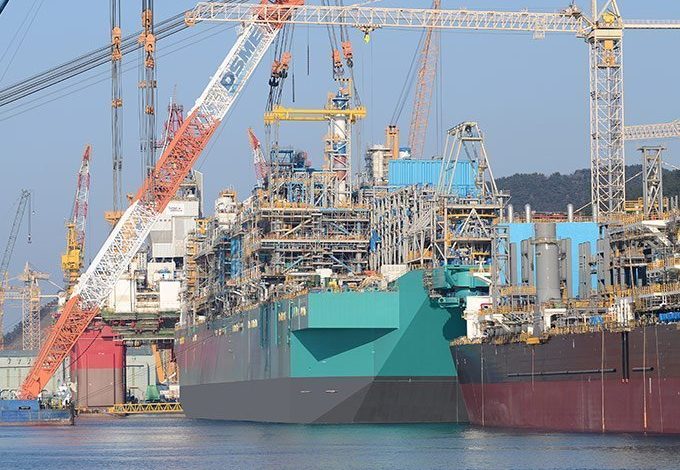
Offshore operators in Southeast Asia are bracing themselves for a big hit following yesterday’s news that Malaysian giant energy firm Petronas plans to cut up to RM50bn ($11.3bn) in expenditure over the next four years.
A report by Hong Leong Investment Bank (HLIB) Research warns rig owners and OSV operators will suffer from the cutbacks. The rig owners include UMW Oil & Gas Corp Bhd, Perisai Petroleum Teknologi Bhd, while OSV owners include Alam Maritime Resources Bhd, Icon Offshore Bhd, Dayang Enterprise Holdings Bhd and Coastal Contracts Bhd.
Another report by AmResearch suggested the long held plans for the Pacific NorthWest Liquefied Natural Gas (LNG) project in Canada, which is awaiting environmental approval from regulators to start construction, could be deferred, revised or aborted altogether.
“This could mean that Petronas could redirect its resources back to Malaysia given that the dynamics of the sector have been fundamentally altered by shale fracking techniques,” it noted.
The dire state of Malaysia’s offshore scene has been illustrated with another more local banking story. Bank Simpanan Nasional (BSN) has admitted that all oil and gas employees’ personal loan applications will be rejected upfront.

The decision by BSN to outright reject loan applications from all oil and gas sector employees seems a little amateur. A mature banking institution would heightened and strengthened their due deligence process and have remodeled for one or more suitable schemes to meet an economic climate like this. After all there are still remaining oil an gas employees both upstream and downstream employed. Mitigating the risk is the way forward and not running away from the risk.